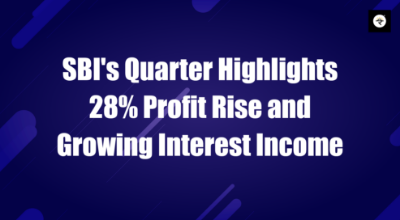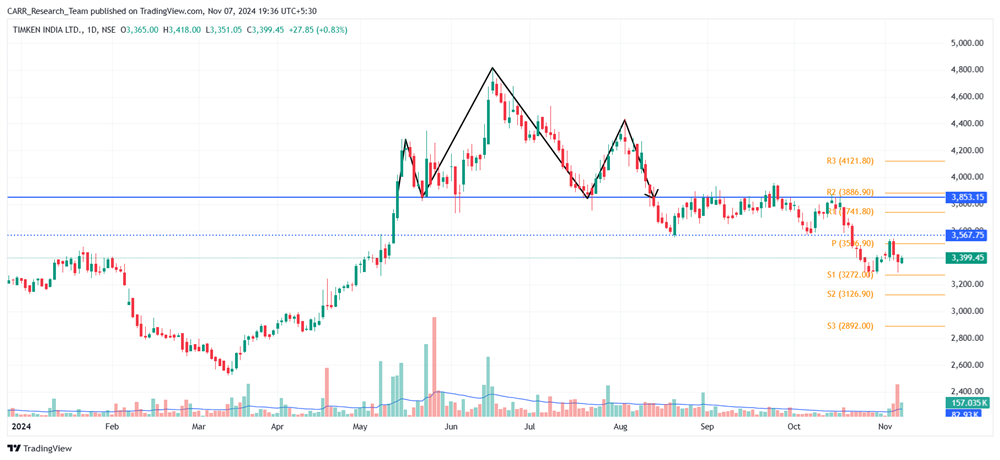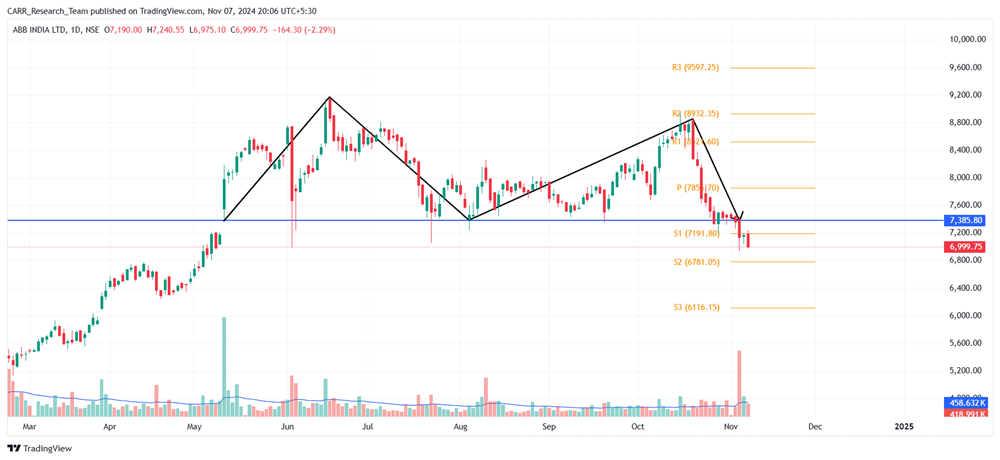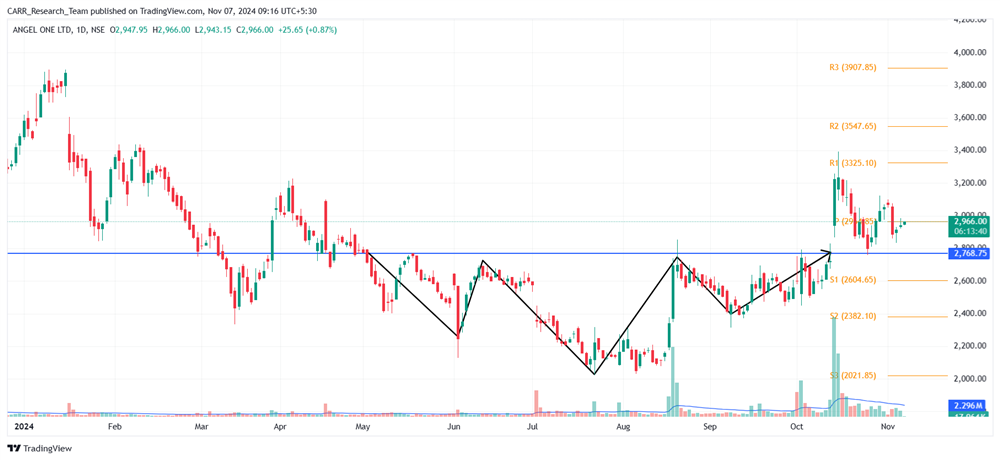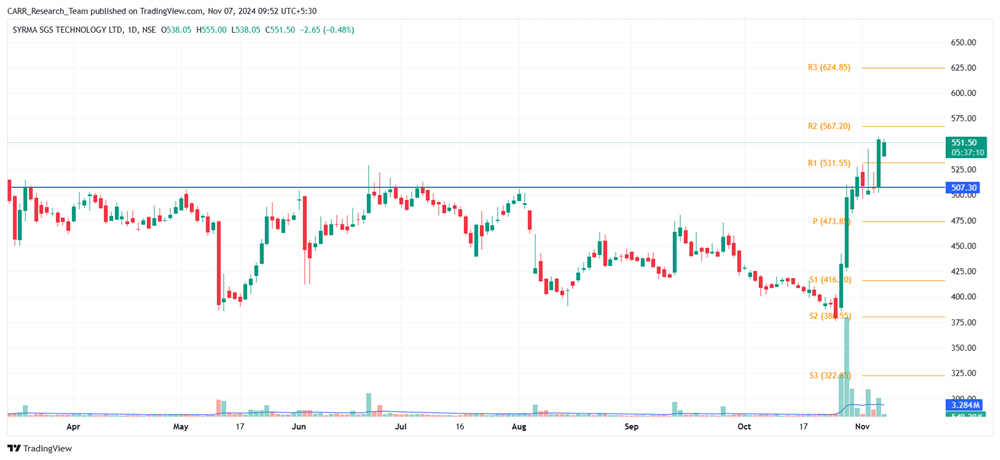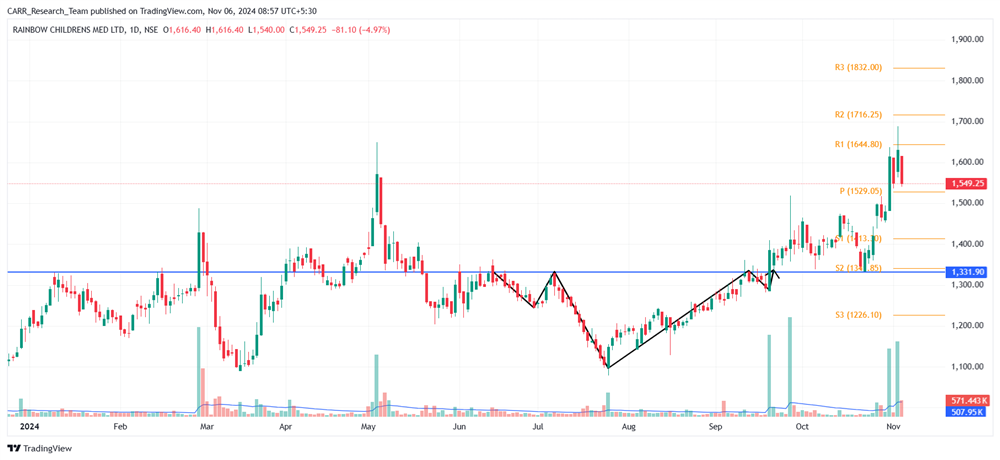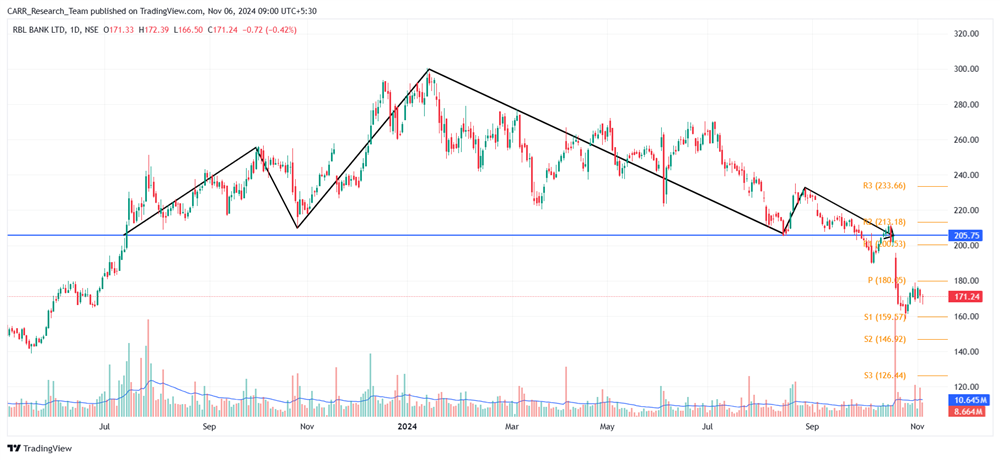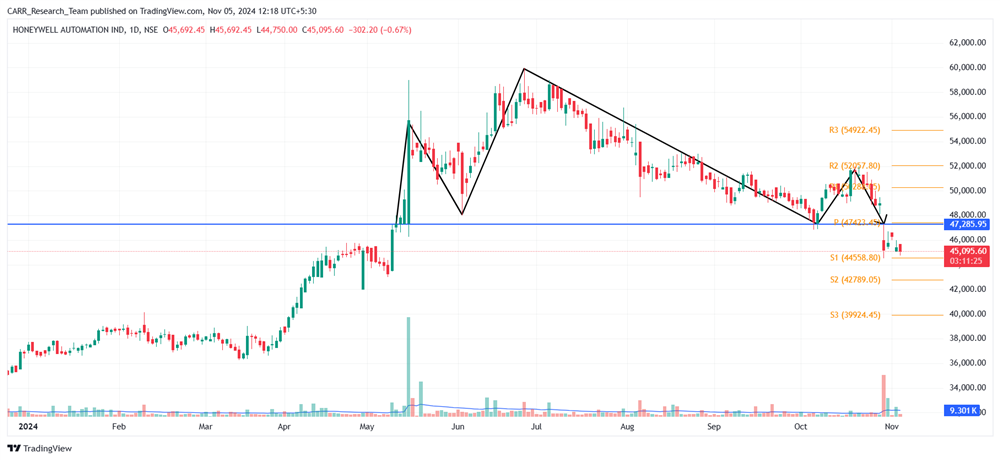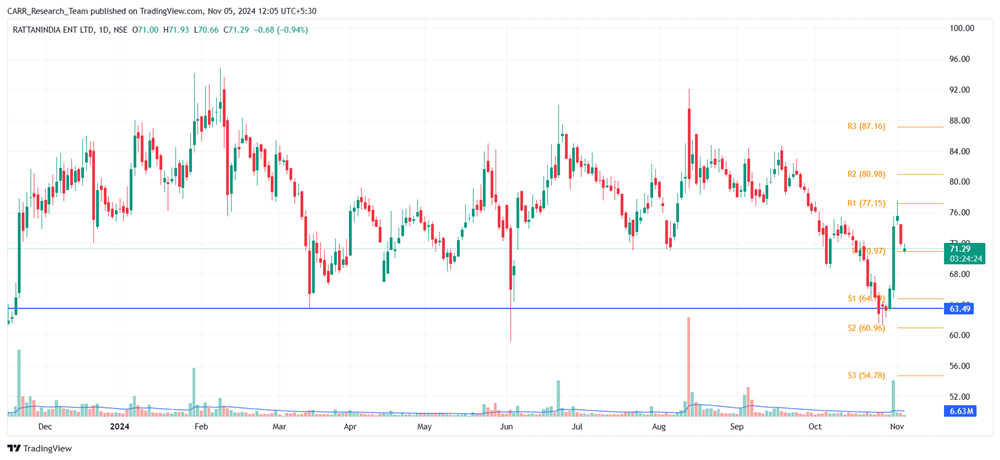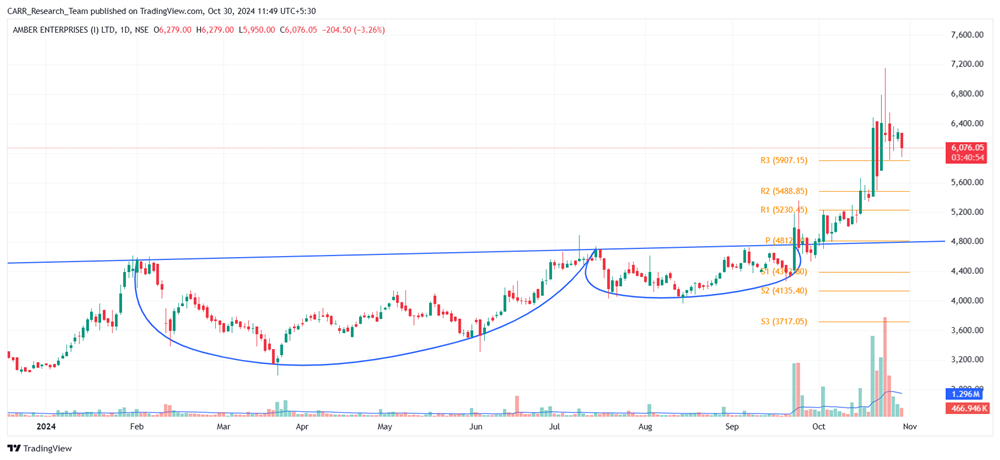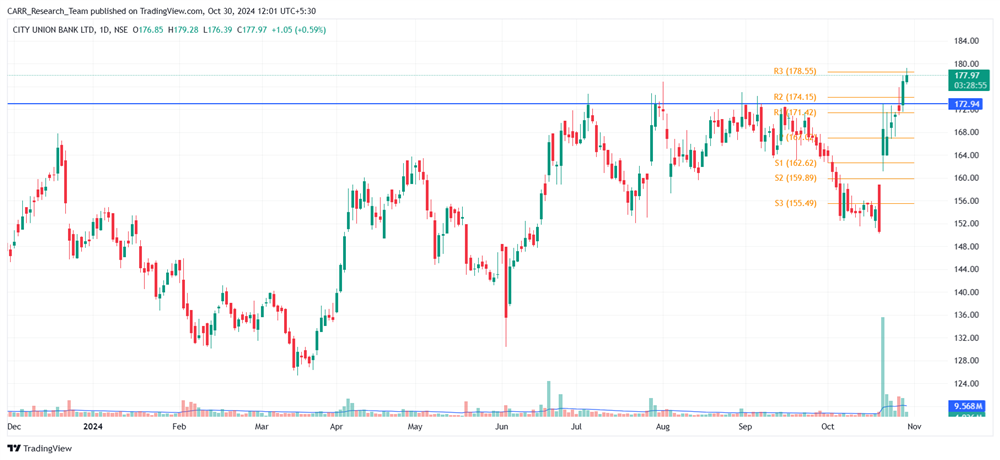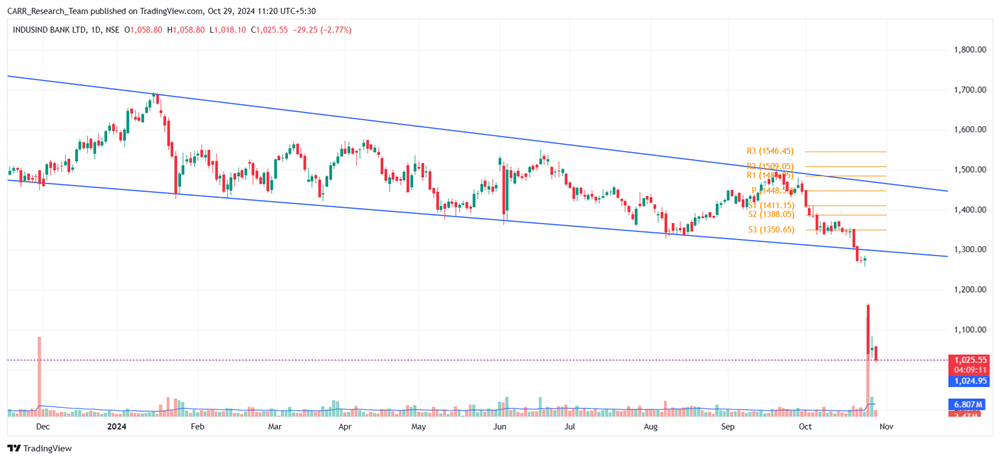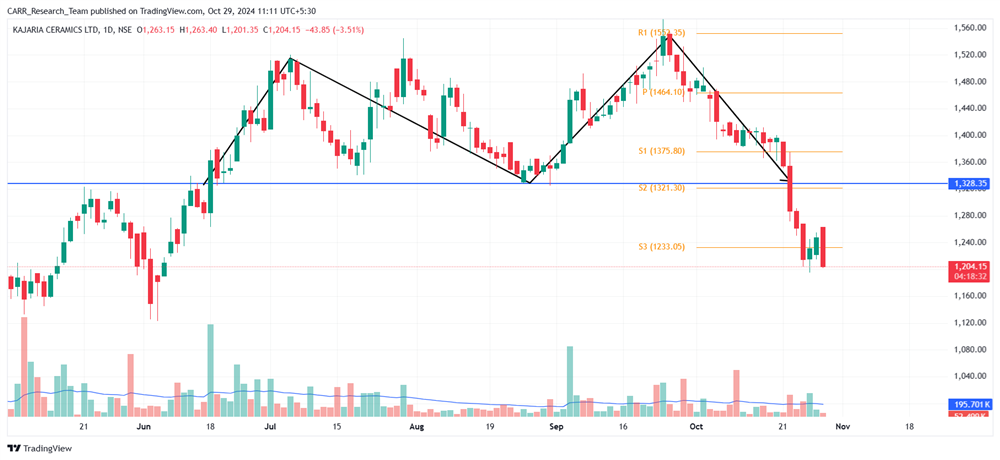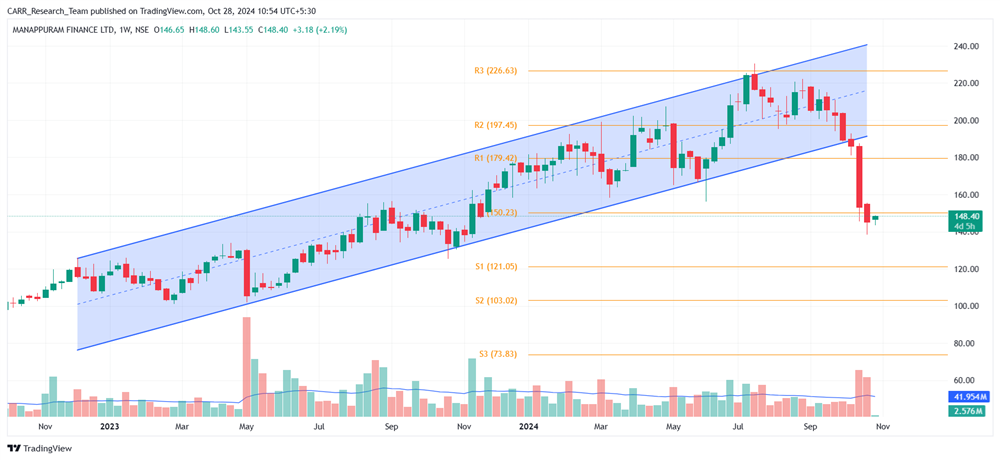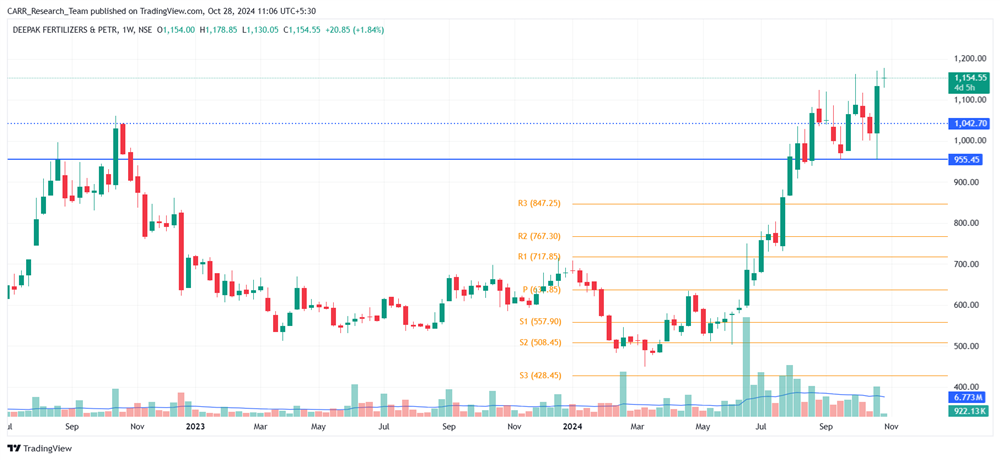State Bank of India Ltd on November 8 reported 28 percent jump in net profit at Rs 18,331 crore for the quarter ended September 30, 2024. The PSU lender had reported net profit of Rs 14,330 crore in the year-ago period.
In July-September quarter, interest income of the bank increased 12.32 percent on-year to Rs 1.14 lakh crore, as per press release. While, net interest income of the lender grew 5.37 percent on-year to Rs 41,620 crore in Q2FY25, from Rs 39,500 crore in a year ago period.
Net interest margins (NIM) of the bank reduced by 15 basis points (Bps) on-year and 8 bps on a quarterly basis. According to the investor presentation, NIM stood at 3.14 percent in the reporting quarter, as compared to 3.22 percent in a quarter ago period and 3.29 percent in a year ago period.
Domestic NIMs of SBI reduced to 3.27 percent in July-September quarter, as compared to 3.35 percent in April-June quarter, and 3.43 percent in July-September quarter FY24, presentation showed.
The bank said its board has given approval for raising long term bonds worth up to Rs 20,000 crore through a public issue or private placement during FY25.
State Bank of India's Chairman CS Setty during the post earning press conference said that the deposits for the system to grow by 11- 13 percent and credit by 13 -14 percent.
Asset quality
Gross non-performing asset (NPA) of the bank reduced by 4.14 percent in the second quarter of the current financial year to Rs 83,369 crore, from Rs 84,226 crore in a quarter ago period and Rs 86,974 crore in a year ago period.
Similarly, net NPA declined by 4.96 percent on a yearly basis to Rs 20,294 crore in Q2FY25. In a quarter ago period, it stood at Rs 21,555 crore and in a year ago period it stood at Rs 21,352 crore, press release.
Gross NPA ratio of the lender improved to 2.13 percent as on September 30, 2024, as against 2.21 percent as on June 30, 2024, and 2.55 percent as on September 30, 2023. Net NPA ratio declined to 0.53 percent as on September 30, 2024, as against 0.57 percent as on June 30, 2024, and 0.64 percent as on September 30, 2023.
Provision coverage ratio in July-September quarter at 75.66 percent improved by 21 bps on-year. Slippage Ratio for H1FY25 improved by 2 bps on-year and stands at 0.68 percent. Slippage
Ratio for Q2FY25 increased by 5 bps on-year and stands at 0.51 percent, release said.
Deposits
In the reporting quarter, total deposits of the lender increased by 9.13 percent on-year to Rs 51.17 lakh crore, from Rs 46.89 lakh crore in a year ago period.
Of the total deposits, current account deposits of the bank stood at Rs 2.78 lakh crore, which has 10.05 percent on-year in July-September quarter. Saving bank deposit stood at Rs 16.88 lakh crore in Q2FY25, as compared to Rs 16.33 lakh crore in Q2FY24.
Term Deposits (TD), which have a largest in total deposit increased by 12.51 percent on-year to Rs 29.45 lakh crore in July-September quarter, from Rs 26.17 lakh crore in a year ago period.
In July-September quarter, Foreign Offices Deposits stood at Rs 2.07 lakh crore.
"Domestic CD ratio at 67.8 percent. The bank will focus on increasing share of CASA," Setty said.
Advances
Gross advances of the lender grew 14.93 percent on-year to Rs 39.21 lakh crore in second quarter of the current financial year.
Domestic corporate loan book increased to Rs 11.57 lakh crore in July-September quarter, as compared to 11.39 lakh crore in April-June quarter, and Rs 9.78 lakh crore, as per press release.
SME credit grew by 17.36 percent on-year to Rs 4.57 lakh crore in July-September quarter, from Rs 3.89 lakh crore, presentation said.
Setty also added that the bank has a corporate loan pipeline of Rs 6 lakh crore.
Stake reduction
During the half year ended 30th September 2024, Yes Bank Limited has allotted 255,97,61,818
equity shares of Rs 2 each pursuant to the exercise of share warrants. Consequently, the stake of SBI in Yes Bank Limited has reduced from 26.13 percent to 23.98 percent.
